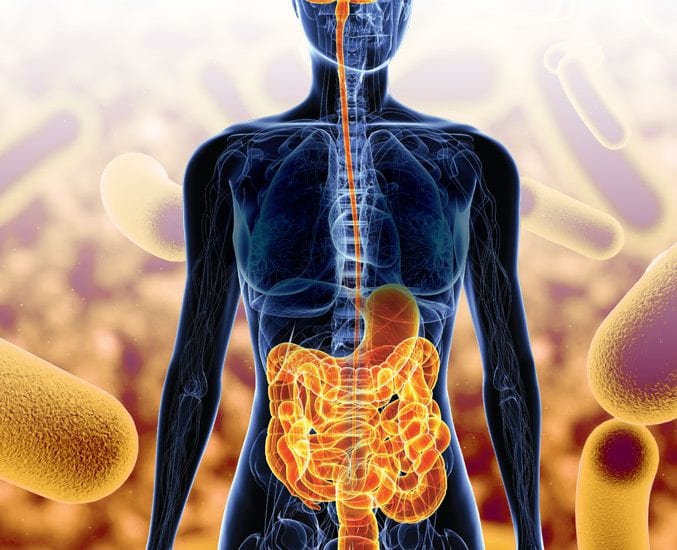Modern science has an incredibly thorough understanding of the human body. It is hard to imagine that any organ or system could exist within the body that has yet to be discovered. Yet this is exactly what happened in 2015, when researchers discovered lymphatic vessels around and within the brain.
The lymphatic system exists throughout the body. Part of the immune system, it consists of a network of channels (vessels) and glands called “nodes.” Nodes create immune cells to help the body fight infection. The vessels carry fluid containing these immune cells, as well as pathogens and harmful cellular waste products, away from organs. Until recently, lymphatic vessels had never been observed in or around the brain. While there were other known ways—such as immune cells called macrophages—for waste products to be cleared from the brain, researchers had trouble explaining the volume of clearance they observed without a lymphatic system.
A recent study at the University of Virginia by Jonathan Kipnis, Ph.D., and his colleagues Antoine Louveau, Ph.D., and Tajie Harris, Ph.D., shed new light on this problem. Using a new method of examining the meninges, a membrane that covers the brain, they discovered there was in fact a network of lymphatic vessels surrounding the brain. Later research showed that the vessels extend within the brain as well. Even though these vessels are large enough to be seen with the human eye, they had never before been observed due to the way brains usually are removed from the skull for examination.
The Link to Alzheimer’s
“This discovery may have major implications for Alzheimer’s,” explains Kipnis, who is now working on a project, paid for by a grant from Cure Alzheimer’s Fund, to investigate this system and its possible role in neurodegenerative disease. “One of the hallmarks of Alzheimer’s is the buildup of proteins in the brain, namely amyloid beta and tau. Finding the lymphatic system for the brain opens up whole new avenues of research into how we might be able to facilitate clearance of these proteins and hopefully delay or ameliorate AD.”
Kipnis is using fluorescent tracers to study the movement of particles in Alzheimer’s mice from the brain to lymph nodes located elsewhere in the body, while also monitoring cognitive function. He hopes to gain a better understanding of how the brain’s lymphatic system works in a healthy individual, and what might be going wrong in Alzheimer’s. There are several possibilities: The vessels may become clogged with waste products as excess amyloid beta is produced. Inflammation also may play a role, preventing the proper flow of these harmful proteins from the brain. Or, another “upstream” factor may be involved, impairing the function of the lymphatic system around and within the brain. “Once we determine what’s going wrong with the lymphatic system in Alzheimer’s,” Kipnis says, “we can start looking for drugs that might target that problem and reverse it.” A therapy might be able to unclog the vessels, reduce inflammation or enhance lymphatic function overall.
The Glymphatic System
Maiken Nedergaard, M.D., D.M.Sc., of the University of Rochester, is being supported by Cure Alzheimer’s Fund for her research on lymphatic vessels within the brain itself. This portion is referred to as the “glymphatic system,” the added “g” referring to glial cells, a type of neuron that makes up the brain’s lymphatic vessels. Nedergaard, too, hopes to characterize the role of these vessels in both the healthy and the Alzheimer’s brain. Her work focuses on the connection between the glymphatic system
and sleep.
“The glymphatic system is like a ‘dishwasher’ for the brain,” Nedergaard says. Though the glymphatic system is always active, it can process almost twice as much fluid during sleep as it does during wakefulness. “When we sleep, the brain cells actually become smaller,” she explains, “forcing more fluid out through the glymphatic vessels. It’s becoming clear that sleep is vitally important in removing toxic proteins, like amyloid beta, from the brain.” Disrupted sleep and Alzheimer’s long have been linked, but the direction of causality has not always been clear—lack of sleep may increase risk for Alzheimer’s, but the disease itself also may cause sleep problems. Nedergaard hopes the glymphatic system will offer insight into the connection, and help to determine whether changing sleep habits or treating sleep disorders might reduce risk for Alzheimer’s.
Tim Armour, President and CEO of Cure Alzheimer’s Fund, is encouraged by the work of Kipnis and Nedergaard.
“The recent discovery of the glymphatic system demonstrates how much we still need to learn about the brain,” Armour says. “Understanding how waste particles are cleared from the brain is vital to treating Alzheimer’s. We’re confident that the work of these two scientists will greatly enhance our knowledge of the brain, and take us one step closer to knowing how to stop Alzheimer’s disease.”








